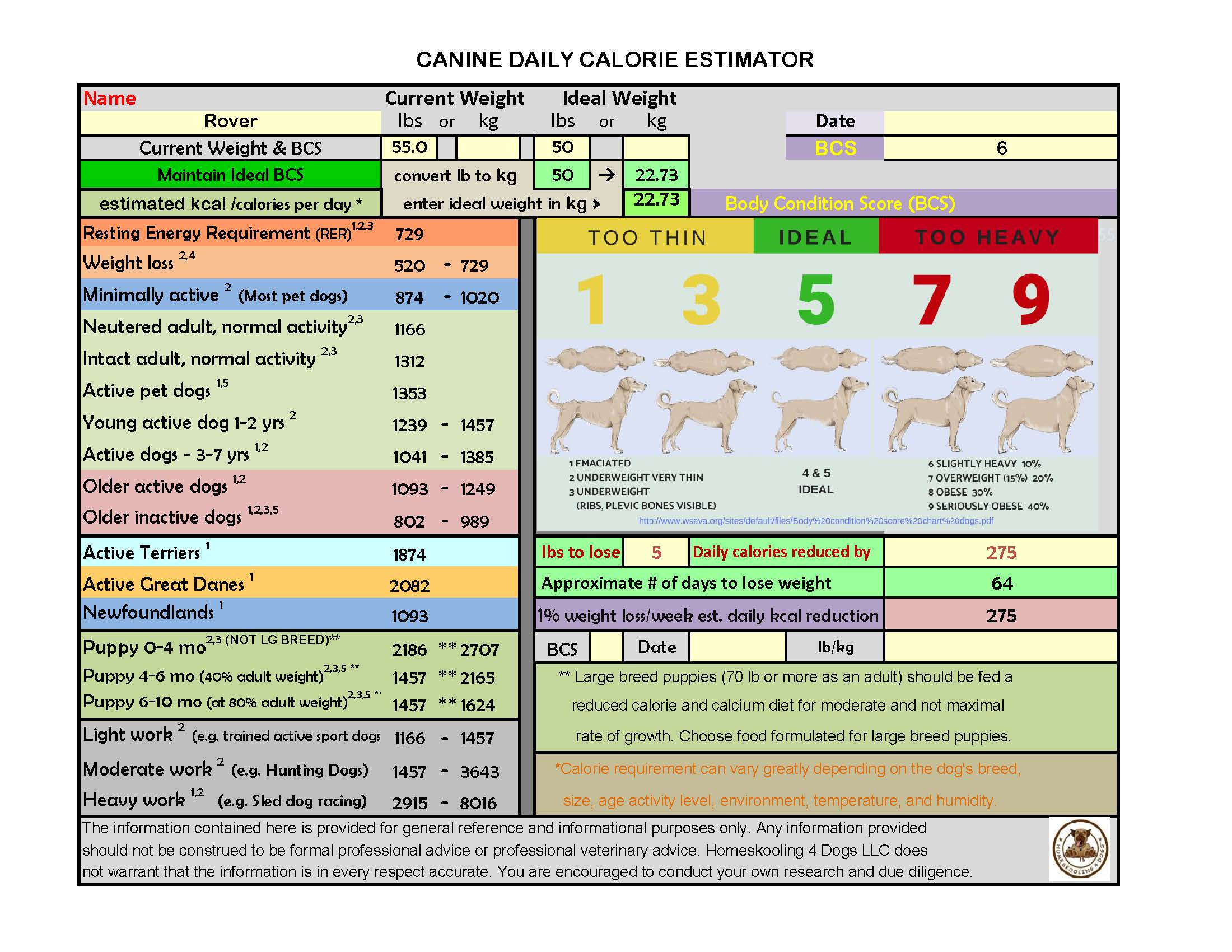Diabetes
What Do You Feed a Diabetic Dog?
Justin Shmalberg D.V.M., Diplomate, American College of Veterinary Nutrition
First things first: what do you feed a diabetic dog? There are several considerations, but the most important thing you can do is to be consistent. Diabetic dogs should be fed the same diet routinely, on the same schedule—ideally twice a day in most cases, to pair with insulin dosing.
In choosing a diet for a dog with diabetes, here are some factors to consider and discuss with your vet:
Fat content. A large number of dogs with diabetes acquired the condition because they had chronic pancreatitis, which affects the pancreas, the organ that produces insulin among other functions. These dogs often have a history of vomiting or diarrhea in the past. If pancreatitis has been previously diagnosed or is suspected, a diet with less than 30 grams of fat per 1,000 calories is ideal. Read more about feeding by calorie rather than by food weight here.
Protein content. Dogs with diabetes, especially before it’s well-controlled, may have poor muscle mass. Additional protein helps to maintain muscle and provide adequate amino acids for rebuilding muscle. Overweight dogs that are also diabetic certainly benefit from more protein in the diet when losing weight under veterinary supervision. I target at least 75 grams of protein per 1,000 calories.
Fiber and carbohydrate content. The ideal carbohydrate content for dogs is hotly debated by owners, but dogs are pretty flexible in what they can tolerate. This said, it’s likely a good idea to avoid very high-carbohydrate diets—they may increase insulin dosing and also cause glucose levels to spike after meals. I tend to look for diets with less than 90 grams per 1,000 calories of carbs. (The exception is when a low-fat diet is needed, in which case you’d want to increase the carb and protein content.) Fiber—which is tied to how a dog’s body processes carbohydrates—comes in two forms: soluble fiber, which has prebiotic effects, and insoluble fiber, which isn’t digested by the dog or by gut bacteria. Fiber has been used to slow carbohydrate release to prevent blood sugar spikes and reduce the energy density of foods, but it also may reduce palatability. (Note, I personally haven’t seen dramatic benefits in diabetic dogs as a result of increasing fiber.)
https://justinshmalberg.com/blog/2018/4/16/dog-diabetes-diet
To determine the amount of grams of protein, fat, and carbs in a food use the Pet Food Math Cheat Sheet.
With the Pet Food Math Cheat Sheet you can analyze and compare any type of pet food. Dry kibble, canned food, baked kibble, freeze-dried, raw, etc. Just enter the information from the "Guaranteed Analysis" and the "Calorie Content" on the food label and the cheat sheet will do all the math so you can compare any type of food.
PET FOOD MATH CHEAT SHEET
Don't Mistake This for Love, It Could Rob Years Off Your Pet's Life
New Study Confirms This Is the Worst Food to Feed Your Cat
Causes Your Pet's Cells to Starve to Death, Even While Surrounded by Nutrients
The problem with dry dog and cat foods are the high carbohydrates. Many veterinarians and nutritionist recommend if your dog or cat is overweight cut the carbs!
Find information on any (almost) topic or for specific products.
start your search here: “Search”
e.g. ants, behavior problems, collars, dog food, fleas, harnesses, health, housetraining, marking, medical, separation anxiety, socialization, ticks, toys, vaccinations, whistles, yellow spots on lawn, etc.. (You get the idea)

